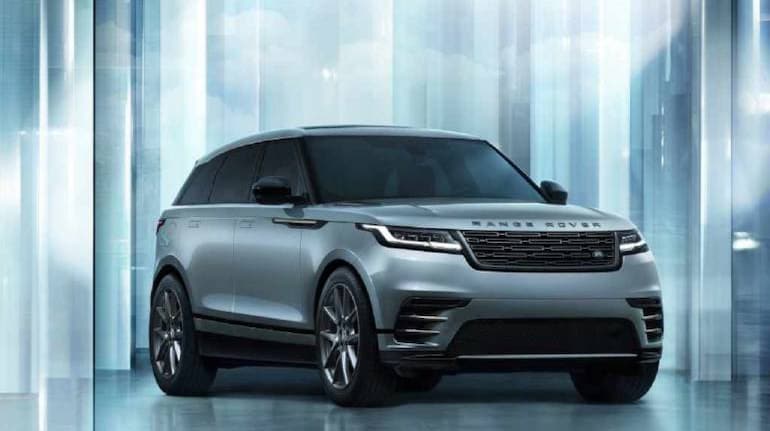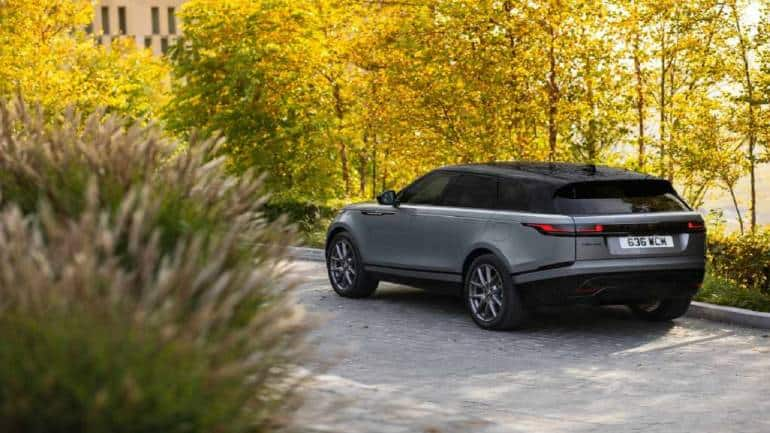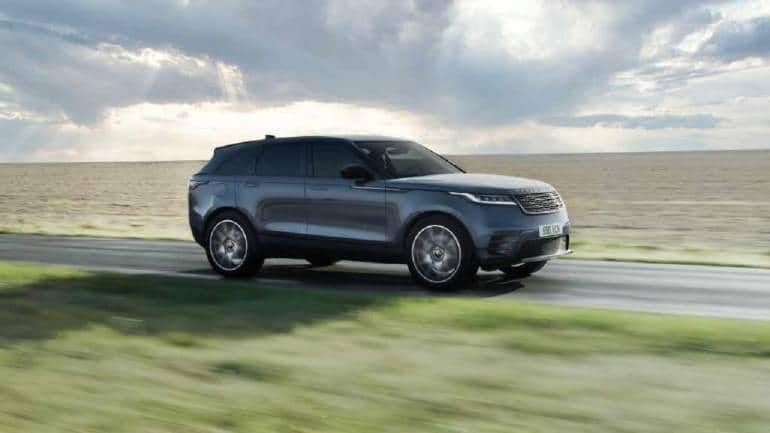



The Range Rover Velar is, arguably, the best-looking Range Rover in the market.
Purely focusing on the design, its pared-back A-pillars, pinched tail and smooth exterior add a level of dynamism that the larger Moby-Dick Range Rover is simply too grown-up to have.
And with the updated one, Land Rover has decided to go with the “don’t fix what isn’t broken” school of thought, sparing us even the most trivial of design changes that are par for the course when it comes to planned obsolescence.

Yes, the grille is redesigned to look fresher, and the LED headlamps are slimmer in profile with a new DRL (daytime running lights) pattern. Those aren’t the full extent of the visual changes. The Rangie gets new 10-spoke alloys and the rear bumpers have been redesigned to look a bit curvier. It’s a truly masterful design, with every inch of the front and rear overhangs calibrated for off-roading and aesthetic harmony.
A bit of contextThe Velar is the most recent addition to the growing Range Rover pack which will soon see the inclusion of an electric version.

While the full-sized Rangie and the Range Rover Sport have always struck a chord with celebrities, it’s the Velar that was responsible for introducing the brand to a much larger number of people. Its larger size meant it was a bigger five-seater than the Evoque, and its swashbuckling style made the Velar stand out for its design. The brand claims that the Velar was one of its best-selling models in FY2024, despite a hike sending its ex-showroom price soaring to Rs 94.3 lakh.
The changes on the inside are more extensive, and more usable. For those who like most of their multimedia controls to be carried out on a silicon slab, this is good news because a lot of the earlier functions have now been relegated to the 11.4-inch curved touchscreen.
For the rest of us who prefer the tactility of buttons and knobs, this isn’t the best idea since everything from adjusting the fan speed to toggling the Terrain Response System is now done via the curved dash screen. The screen itself is, however, a very well-engineered piece of tech, with a curved surface that isn’t susceptible to glare from the sun.
The idea of a ‘curved dash’ has come a long way since the days of the Oldsmobile. The screen is now a floating one, instead of being integrated into the dashboard and, as a result, it frees up more design space that helps the cabin look more minimalistic and elegant. Engaging the Terrain Response System is now a purely digital experience, but it does allow for greater specificity, with sharp graphics and large logos guiding you through the simple process of selecting which terrain the powertrain should be calibrated for.
It’s the same Pivi Pro system that debuted in the Defender and, as such, it carries similar functions such as a ‘Low traction mode’ and a ‘valet mode’ which limits the car’s speed.

For a Range Rover with a sub-Rs 1 crore price tag, you also get massage seats for the driver and the front passenger, along with a panoramic sunroof, reclining rear seats, powered tailgate, an air purifier and a dual tone oxblood and black leather interior (Deep Garnet, as Land Rover likes to call it) available in the top-end trim.
Under the bonnetPowertrain options remain the same for the Velar with a 2.0-litre, flat-four Ingenium petrol and diesel versions. Diesel being the higher-selling model, that’s the model which was tested. Producing a modest 204hp, along with 430 Nm of torque, the motor now gets a mild-hybrid system with a starter generator to aid fuel efficiency.

There’s still a decent bit of lag before 1,800-2,000 rpm, but the steady amount of torque helps bring the Velar up to speed. The Velar’s monocoque chassis has always lent it the sort of dynamism that its direct rivals don’t have, and that remains unchanged, along with its water wading and off-roading abilities.
It has also got air suspension so you can lower the height by 10mm and raise it by 25mm above the standard height of 214mm. And its supple, absorbent ride quality is definitely one of its stronger attributes. For city driving, you’d best stick to the ‘comfort’ mode. For highways, it’s best to switch to the ‘dynamic’ mode, where turns at higher speeds are more contained.
The eight-speed automatic on the Velar is quick on the upshifts, occasionally bordering on the prematurely quick. It prefers gradual throttle inputs over staccato ones because the Velar is primarily a soft-roading, grand-touring vehicle which just happens to have excellent off-roading chops, given that, it is after all a Range Rover. On the whole, the cabin insulation is terrific, as far as ambient noise is concerned, although stepping on the throttle does cause the engine to groan, some of which creeps into the cabin.
VerdictWith its prices having dropped to Rs 87.9 lakh (ex-showroom, India) the Range Rover Velar just got a lot more appealing. This is because, for once, it isn’t directly competing with the likes of the Mercedes-Benz GLE and the Audi Q7, the latter offering three-row seating and a V6 petrol engine.

Still, the Velar, with its form factor distinguishing it from the rest, is in a category of its own. It is not driven by practical considerations. For those looking for top-shelf European design and aesthetics over all else, to those for whom the experience is the reward, the Range Rover Velar is the car to drive. The allure of the Range Rover badge continues to remain unmatched.
Discover the latest Business News, Sensex, and Nifty updates. Obtain Personal Finance insights, tax queries, and expert opinions on Moneycontrol or download the Moneycontrol App to stay updated!
Find the best of Al News in one place, specially curated for you every weekend.
Stay on top of the latest tech trends and biggest startup news.